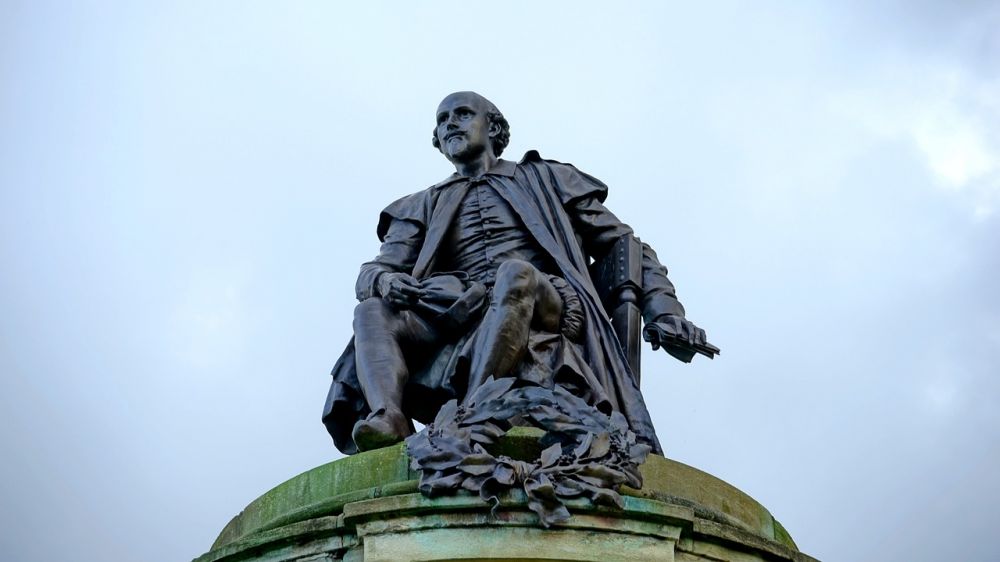Charles Dickens: A Master of Storytelling

[Introduction]
Charles Dickens is arguably one of the most celebrated English writers of the 19th century. With his rich and vivid narratives, he captivated readers of all ages and backgrounds, leaving an indelible mark on the literary world. In this article, we will delve into the life and works of Charles Dickens, exploring his journey as a writer and the enduring impact he has had on literature.
[Brief Biography]

Born on February 7, 1812, in Portsmouth, England, Charles John Huffam Dickens led a tumultuous life filled with hardships and triumphs. From an early age, his literary talent was recognized, and his passion for storytelling blossomed. His experiences as a young boy working in a factory influenced some of his most poignant works, shedding light on social injustices and the plight of the lower classes.
[Becoming a Literary Sensation]
Dickens’ literary career took flight with the publication of his first novel, “The Pickwick Papers,” in 1836. This episodic novel, which chronicled the humorous misadventures of a group of gentlemen, quickly gained popularity and established him as a talented writer. From there, his success only soared, with subsequent novels like “Oliver Twist,” “David Copperfield,” and “Great Expectations” captivating readers with their vivid characters, intricate plots, and social commentary.
[Evolution and Progression]
As Dickens evolved as a writer, his novels became increasingly complex and socially conscious. He vividly depicted the harsh realities of Victorian England, shedding light on issues such as poverty, child labor, and inequality. His compelling characters, such as the iconic Ebenezer Scrooge in “A Christmas Carol,” served as vehicles for exploring themes of redemption, compassion, and the power of human connection.
[Legacy and Enduring Influence]
Charles Dickens’ profound influence on literature and culture continues to reverberate to this day. His intricate storytelling techniques, vivid descriptions, and empathetic portrayals of human nature have inspired countless writers and artists. Additionally, his enduring characters have become timeless icons, ingrained in popular culture and serving as archetypes for subsequent generations of writers.
[Featured Snippet]
To increase the likelihood of this article being featured as a snippet on Google search, consider the following bullet points summarizing the key aspects of Charles Dickens’ life and work:
– Born on February 7, 1812, in Portsmouth, England.
– The publication of “The Pickwick Papers” in 1836 established his literary career.
– Dickens’ works encompassed social commentary and highlighted the disparities of Victorian England.
– Iconic characters such as Ebenezer Scrooge in “A Christmas Carol” exemplify his exploration of human nature and redemption.
– His storytelling techniques and vivid descriptions continue to inspire writers and artists.
– Dickens’ enduring influence can be seen in the continued popularity of his novels and adaptations.
[Conclusion]
Charles Dickens’ legacy as a masterful storyteller and social critic is etched in the annals of literary history. Through his works, he transported readers to the gritty streets of Victorian England, exposing societal issues and championing the cause of the disenfranchised. Dickens’ ability to create enduring narratives that resonate even today is a testament to his remarkable talent and enduring relevance. As we celebrate his profound contributions to literature, we are reminded of the power of storytelling to illuminate the human condition.





